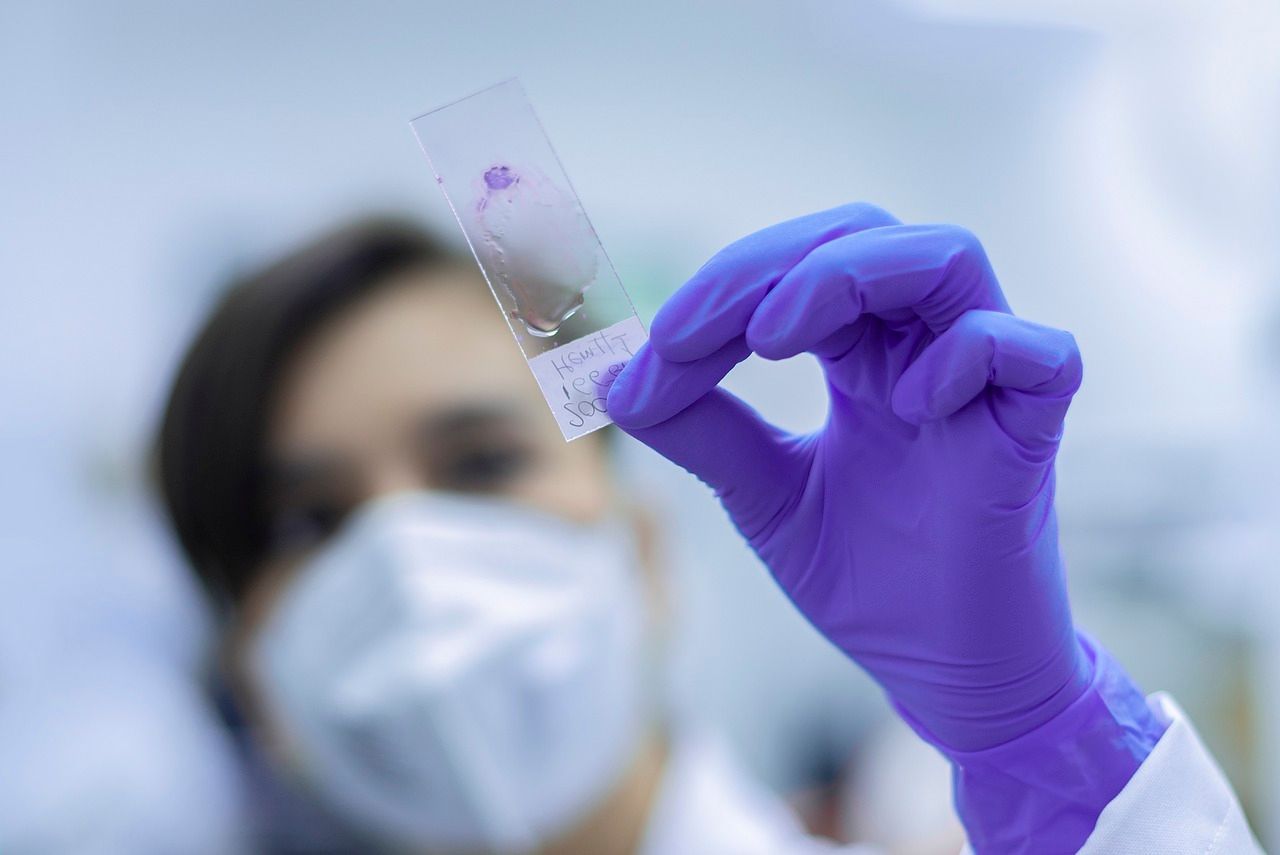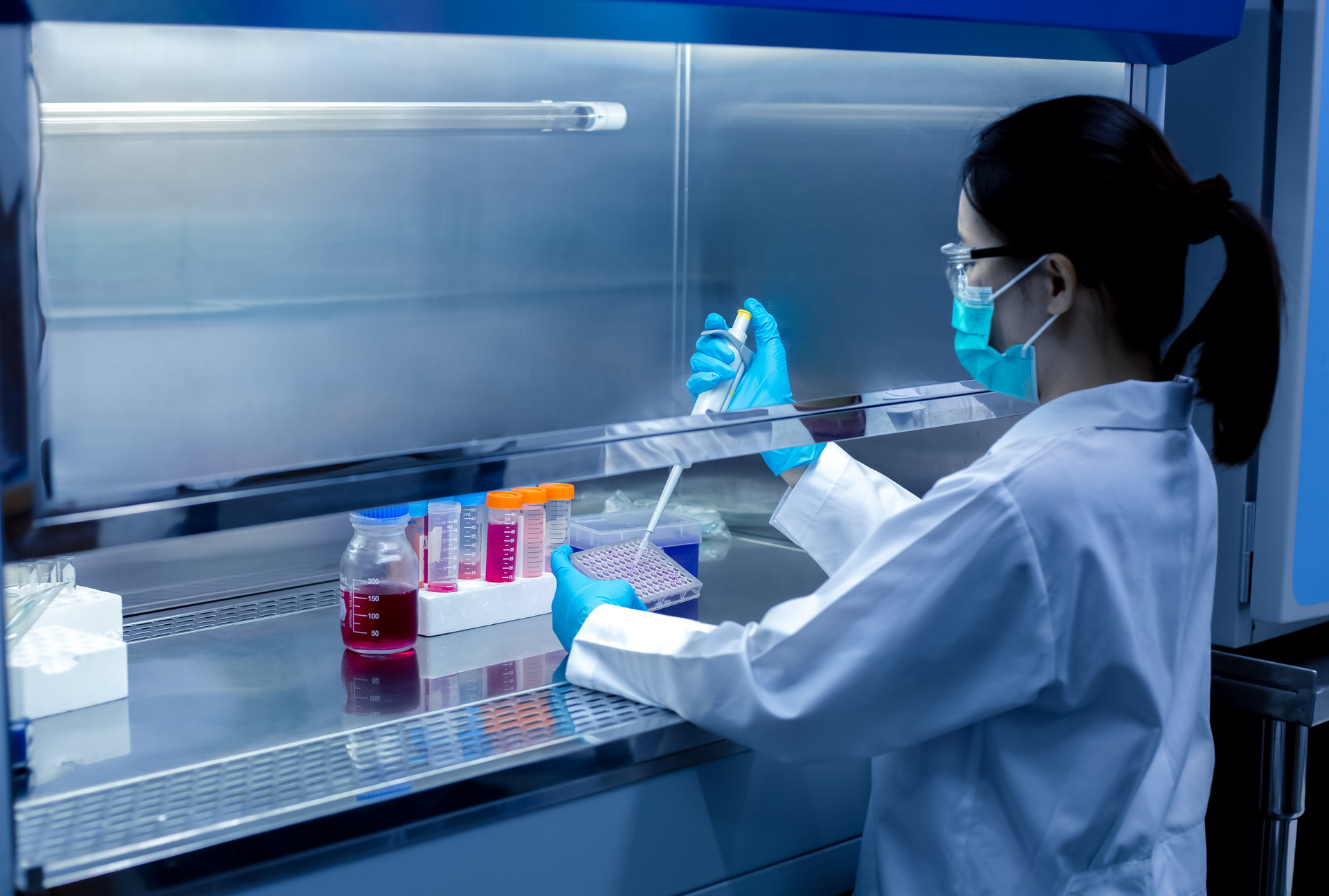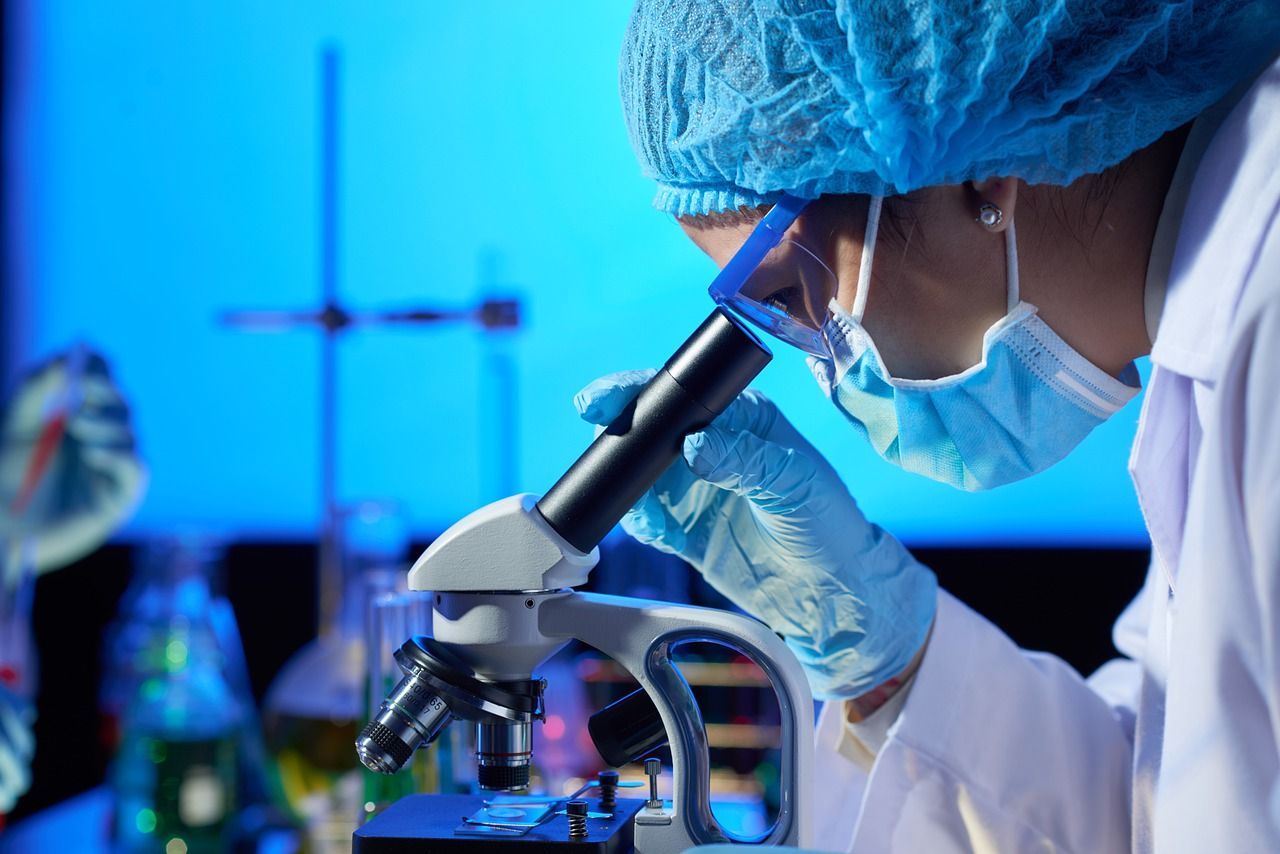Unlocking the Potential of Human Specimens in Biomedical Research: An In-depth Overview
Exploring the Integral Role and Complex Challenges of Human Specimens in Advancing Biomedical Research
s

In the realm of biomedical research, human specimens are indispensable, offering profound insights into the intricate workings of the human body. These specimens serve a critical role across the entire spectrum of drug discovery research, encompassing target discovery, target validation, lead optimization, translational research, and clinical development3.
The range of human specimens utilized in research is diverse, with the most frequently used ones being blood, tissue, urine, and saliva1. Each type of specimen provides unique insights into human biology and disease, making them invaluable for various applications.
For example, blood samples are routinely used to investigate the immune response, while tissue samples can yield information about pathological changes in specific organs. Urine and saliva samples, meanwhile, provide non-invasive sources of biomarkers for numerous diseases1.
Human specimens also prove to be vital tools in infectious disease research, facilitating the study of interactions between pathogens and the human host2. Moreover, they play an essential role in the development and testing of innovative diagnostic methods3.
However, the use of human specimens in research is not without its challenges. Ethical considerations, issues of consent, and the necessity for appropriate collection, processing, storage, and transportation of specimens all represent important factors that must be accounted for4.
In summary, human specimens are invaluable assets in biomedical research, contributing significantly to our understanding of human health and disease, and aiding in the development of new therapeutic strategies.
Sources:
- The Ultimate Guide to the Different Types of Human Biological Specimens Used in Research
- Human Samples for Infectious Disease Research
- 12.3A: Specimen Collection
- Use of human specimens in research: the evolving United States regulatory, policy, and scientific landscape




Share On: